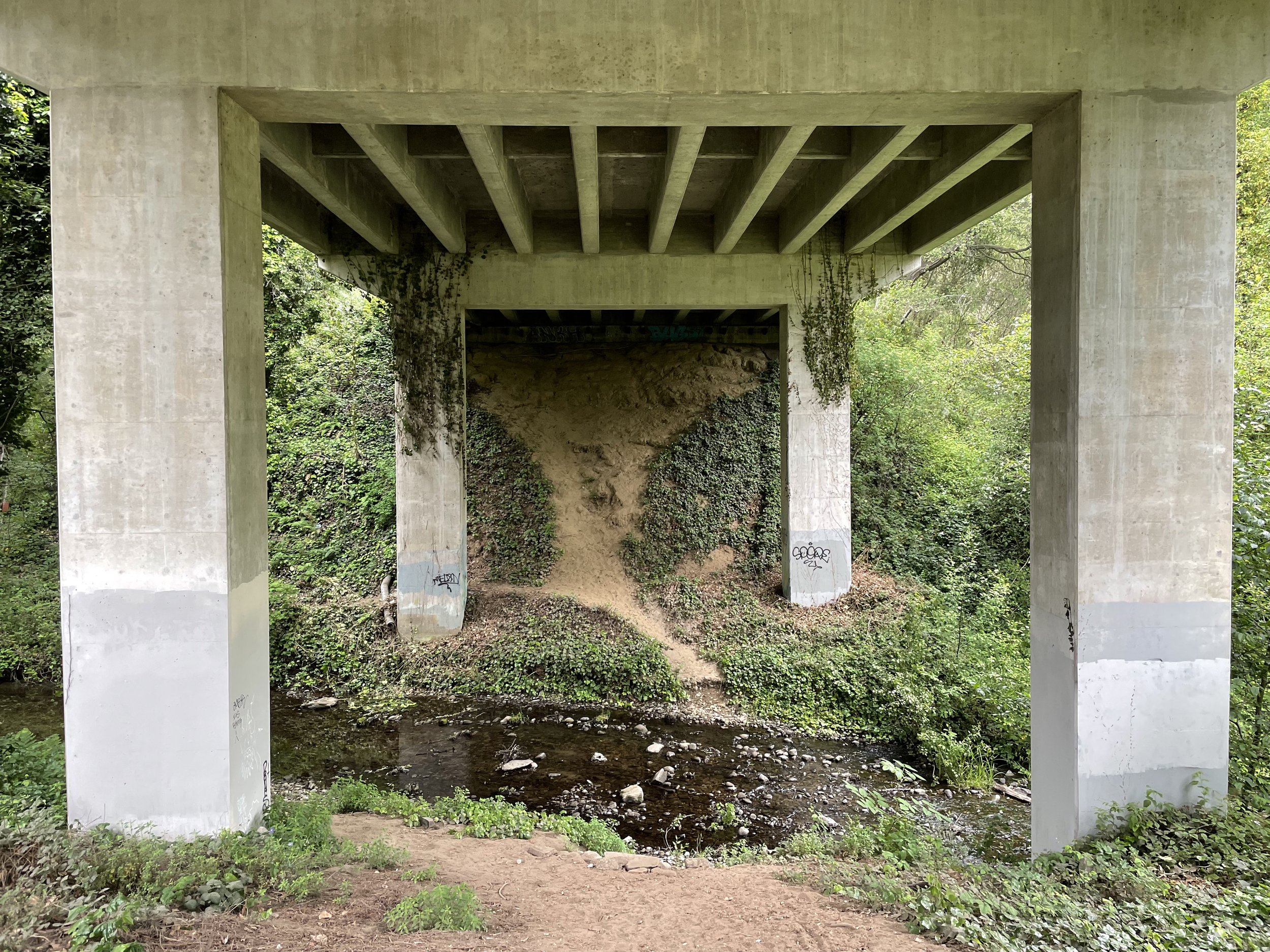It matters not where you’re from…
It matters a great deal where you’re going.
I’m insanely proud to work at one of the best companies in the world. They also happen to be one of the largest companies in the world, so I guess they’re among the biggest & best! I know, I’m biased here, but it’s important to understand that it’s not just because of the incredible products developed; it’s also because of the important Values upheld.
One set of values in particular, Inclusion & Diversity, has been on my mind a lot lately.
In the year 1541, decidedly not ancient history and still well within the conscious memory of Peoples, the demographic makeup of “Santa Cruz County” was entirely 100% "American Indian," to use the racial term of the US Census Bureau. To be fair, Chinese sailors may have traveled to the Monterey Bay as early as 400 (not a typo: 400 AD), so it’s possible that “Santa Cruz County” was actually more racially diverse in 1541 than you might think.
Regardless, one year later in 1542 the freedom & sovereignty of the local indigenous people would begin to be systematically dismantled. However, this dismantling didn’t occur here in earnest for another 255 years, when Mission Santa Cruz was established in 1797. Although Aptos was miles away from the closest mission, Aptos - the people living at the confluence of Aptos & Valencia Creek - were undoubtedly aware & sympathetic of the brutal happenings around them, and ultimately were among the last to be forced into the Santa Cruz Mission. Some have been teaching the more accurate & balanced history of the California missions, but not everyone is willing to learn yet. Others nearby still remain insensitive to the living trauma of the missions bells.
Rafael Castro (born in the secular Ville de Branciforte in 1803) was provisionally granted 5500 acres to establish Aptos Rancho in 1831, and when the Mexican Governor confirmed this massive land grant in 1833, Castro subsequently built his house at the confluence of Aptos Creek & Valencia Creek.
Where does Castro lie today? Well, you can visit him and pay your respects (and if you do - please be respectful!) in the graveyard of the Catholic Church at the corner of Soquel Dr & State Park Dr.
Did Castro build his home near or among the indigenous that also resided at the confluence of Aptos Creek & Valencia Creek? It’s not entirely clear. Did the indigenous villagers that survived the Santa Cruz Mission later benefit from the “trickle down economics” of Castro’s wealthy presence? It doesn’t appear so.
Did their village or Castro’s 1833 house survive the relentless waves of Change or usurpations of Nature? Sadly, no. What was the fate of this ecologically vital & historically significant confluence of creeks?
We built a highway over it.
Today the racial & ethnic demographics of Santa Cruz County are decidedly different than they were in the 19th century. Today, the 2nd largest local ethnic group is “Hispanic,” at 34% of the population. The Hispanic population is multi-racial, and within this 2nd largest ethnic group, the majority is “White (Hispanic).”
How about Santa Cruz County’s largest racial or ethnic group. Indigenous? No, “American Indian & Alaska Native (Non-Hispanic)” only make up 0.159% of the local population.
Santa Cruz County’s majority race is “White,” totaling 77% of the population.
The ethnic breakdown within this race: 56% Non-Hispanic & 21% Hispanic.
Some fraction of today’s “Asian” population (5% of the racial pie) are presumably descendants of the 200 Chinese workers employed to build the Loma Prieta Railroad. This branch rail line, which connected to the contentious rail corridor we know & love today, was built to plunder the local virgin redwood forest for profitable timber in 1883. Of course, once the forest had been pillaged, the railroad was no longer needed and its former trackbed was converted to Aptos Creek Road (and the upper Aptos Creek Fire Road).
Did “trickle down economics” work for those 200 Chinese workers? Well, let’s see what they were given to work with back in 1883. Apparently $1 was viewed as a fair wage by their employers. Not $1/hour. $1 per day. How much is this in today’s dollars? $27.60. Per day. Assuming they worked 8hr days (likely a gross underestimate), these 200 Chinese “workers” were paid today’s equivalent of $3.45/hr.
About 20 years prior there would have been another term for these “workers.” That word might come to mind. But with the 1862 Emancipation Proclamation, that word was no longer okay. Apparently the exploitive practices that created that word, employed to optimize profits… apparently that was still okay.
Today, our society is grappling with whether or not these entrenched exploitive practices are still okay, or if perhaps they were never actually okay. Sure, you like your backyard. Sure, you like stuff to be cheap. Sure, you like immigration. Trust me, I get it. My bank account is doing just fine. But how about the bank accounts of our neighbors?
So, with that, I’d like to clearly & earnestly share NRG’s principles of inclusion & diversity.
NRG doesn’t care if you work in Tech or you work at Best Buy, if you work the fields or serve food on tables. NRG doesn’t care how long you’ve lived in Aptos or how recently you arrived. NRG doesn’t care how much money you have or if you have any at all. NRG doesn’t care where your ancestors lived. NRG doesn’t care if you bike or are paralyzed neck down.
We welcome you all, no matter where you work, where you live, how old you are, how much money you have, no matter your race or ethnicity, your fitness or impairment. We welcome you all.







